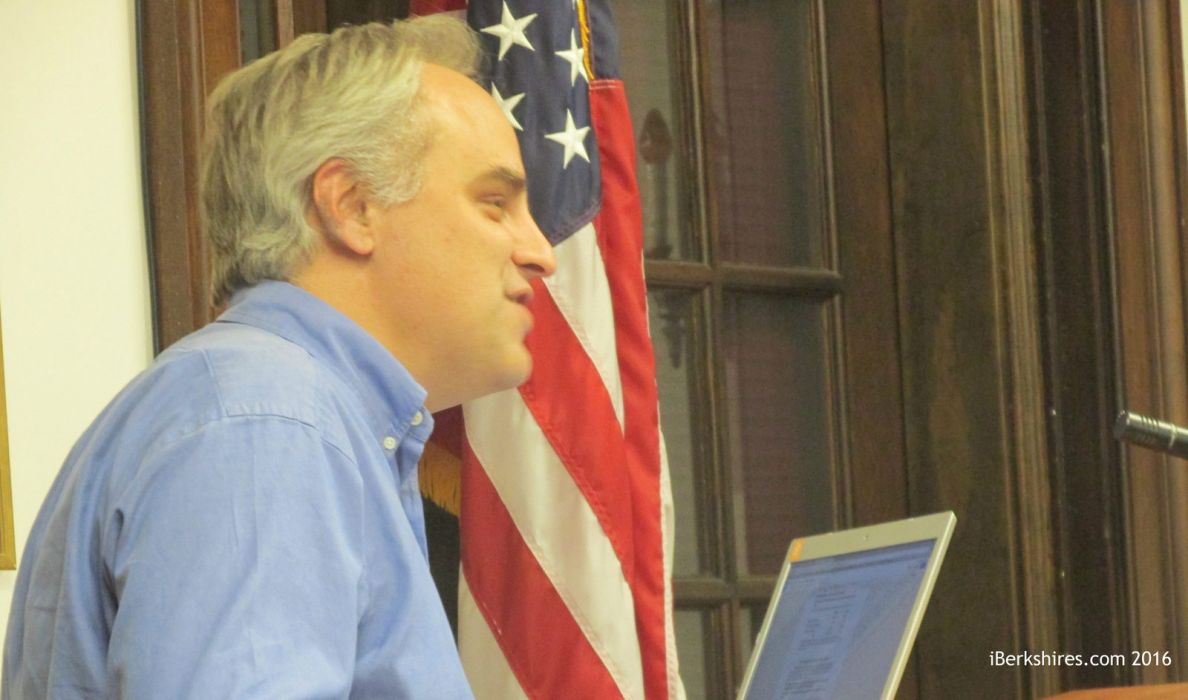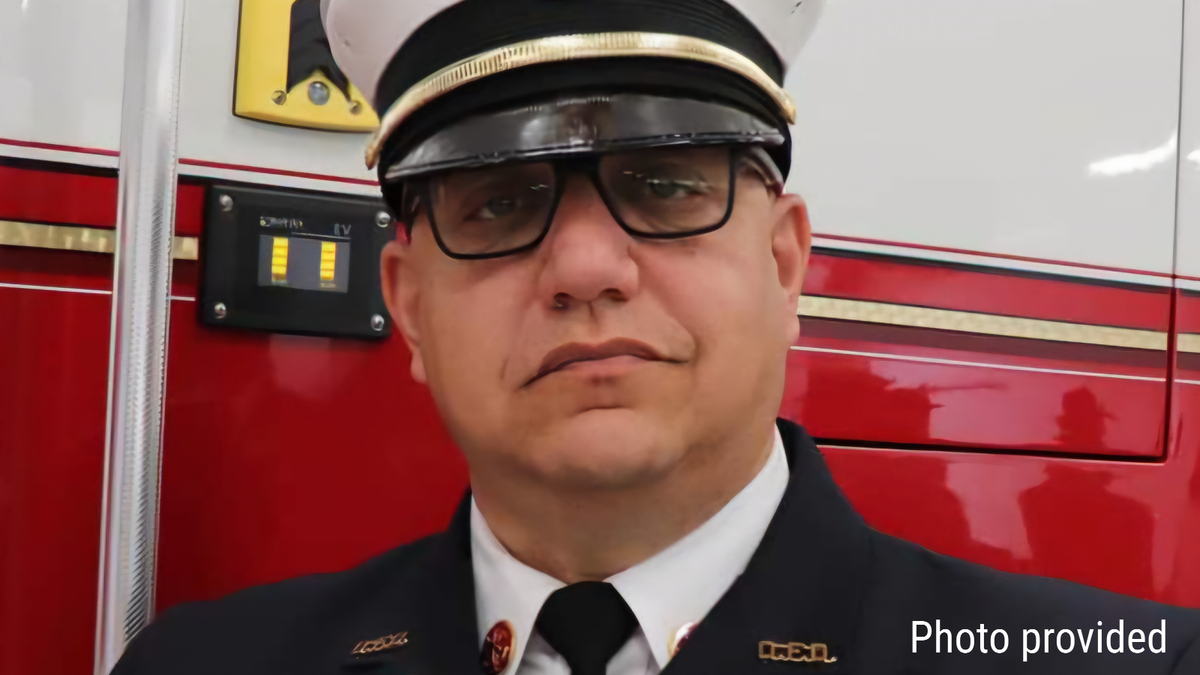
Williamstown Finance Committee Advises Mount Greylock on Debt Repayment

WILLIAMSTOWN, Mass. — The Finance Committee on Wednesday voted to recommend that the Mount Greylock School Committee aggressively pay down debt on the addition/renovation project at the junior-senior high school.
At its annual meeting to review all town meeting warrant articles related to finance, the committee heard from Town Manager Jason Hoch that the town’s assessment from the regional school will be increased by an unknown amount due to the building project, which this month was approved by both Mount Greylock’s member towns.
Hoch said that the School Committee needs to determine, among other things, whether it will pay interest only or pay interest and principal on the initial bonding in fiscal year 2017.
On the assumption the district chooses the latter, Hoch composed town meeting warrant articles that include about $1.2 million for servicing the building debt.
That is a “worst case” number which not only includes principle but also assumes an interest rate above what school officials are hoping to get when it floats a bond, Hoch said.
“In the worst case scenario, you’re talking a $1.20 to $1.30 addition to the tax rate [per $1,000 of assessed value],” Finance Committee Chairman Michael Sussman said.
The actual cost may not even be known by the May 17 annual town meeting, since the bond or multiple bonds would not be issued until later in the year.
The seven members of the committee at Wednesday’s meeting agreed that the School Committee should try to pay down the principle as soon as possible in order to save both member towns money in the long run.
"The budget we just voted for Mount Greylock for debt repayment includes the first payment of principle and interest in FY17. We strongly recommend that we pay all principle and interest as it becomes due because significant cost savings will redound to the taxpayers," Finance Committee member Elaine Neely moved.
The committee passed her motion 7-0 to forwarded its advice to Mount Greylock, which is likely to take up the question of debt repayment as soon as its meeting on April 5.
The rest of the warrant articles were approved quickly, including an amended Williamstown Elementary School budget on which the School Committee signed off just 25 hours earlier.
The contentious elementary school budget and particularly the decision to scale back the pre-kindergarten program to two half-day sessions, eliminating a full-day option, generated considerable comment from the floor of the meeting.
Two residents, including one who will stand for election to the School Committee on May 10, rose to question the administration’s decision to eliminate the full-day program.
Maury McCarthy Lawson, a candidate for the Williamstown School Committee, and Steven Miller urged the committee to weigh in on the controversy as a financial matter of the town.
Miller presented figures that purport the pre-kindergarten Side by Side program is not only self-sustaining through the tuition it charges but can be a revenue generator at a time when the school is trimming the budget. Several other parents attended the meeting in support of Side by Side.
Individual members of the Finance Committee expressed their sympathy for the concerns of Side by Side advocates. But the committee chose not to inject itself into a pedagogical discussion at the school.
Tom Murtagh, a former member of the Finance Committee whose wife is a Side by Side teacher, told his former colleagues that he began following the budget discussions because of his concern for the pre-kindergarten program but has come to realize that the school has larger issues.
Murtagh said the Williamstown School Committee was thinking about forming a finance subgroup, not unlike the Finance Subcommittee of the Mount Greylock Regional School Committee. And he asked the Finance Committee to weigh in on that prospect.
The Finance Committee voted unanimously to encourage school officials to form a subcommittee or advisory group to provide financial advice the full School Committee. And the members offered their services if the School Committee decides to form a group that pulls in outside advisors.
In other business, the Finance Committee decided to meet on April 21 and authorized Sussman to discuss with Waubeeka Golf Links owner Michael Deep the Zoning Bylaw on the town meeting warrant that would create an overlay district for his South Williamstown property.
Finance Committee member Elisabeth Goodman addressed concern about the committee considering an advisory position on a citizen’s petition warrant article that circumvented the town’s elected Planning Board. But the majority of the committee appeared willing to consider whether there are implications for town finances of the coming town meeting vote on whether to allow a hotel on the Waubeeka property.
“We have voted on these kinds of articles when there was a financial impact on the town,” Finance Committee member Suzanne Dewey said. “It’s not unprecedented to ask for information and vote a recommendation."
Neely agreed.
“I’m interested in encouraging growth in this town,” she said. “We have a lot of capital debt in the pipeline, and we can use any revenue that can be reasonably provided.”
















